Unraveling how children become bilingual so easily
By LAURAN NEERGAARD, AP Medical Writer Lauran Neergaard, Ap Medical Writer – Tue Jul 21, 3:08 am ET
WASHINGTON – The best time to learn a foreign language: Between birth and age 7. Missed that window?
New research is showing just how children's brains can become bilingual so easily, findings that scientists hope eventually could help the rest of us learn a new language a bit easier.
"We think the magic that kids apply to this learning situation, some of the principles, can be imported into learning programs for adults," says Dr. Patricia Kuhl of the University of Washington, who is part of an international team now trying to turn those lessons into more teachable technology.
Each language uses a unique set of sounds. Scientists now know babies are born with the ability to distinguish all of them, but that ability starts weakening even before they start talking, by the first birthday.
Kuhl offers an example: Japanese doesn't distinguish between the "L" and "R" sounds of English — "rake" and "lake" would sound the same. Her team proved that a 7-month-old in Tokyo and a 7-month-old in Seattle respond equally well to those different sounds. But by 11 months, the Japanese infant had lost a lot of that ability.
Time out — how do you test a baby? By tracking eye gaze. Make a fun toy appear on one side or the other whenever there's a particular sound. The baby quickly learns to look on that side whenever he or she hears a brand-new but similar sound. Noninvasive brain scans document how the brain is processing and imprinting language.
Mastering your dominant language gets in the way of learning a second, less familiar one, Kuhl's research suggests. The brain tunes out sounds that don't fit.
"You're building a brain architecture that's a perfect fit for Japanese or English or French," whatever is native, Kuhl explains — or, if you're a lucky baby, a brain with two sets of neural circuits dedicated to two languages.
It's remarkable that babies being raised bilingual — by simply speaking to them in two languages — can learn both in the time it takes most babies to learn one. On average, monolingual and bilingual babies start talking around age 1 and can say about 50 words by 18 months.
Italian researchers wondered why there wasn't a delay, and reported this month in the journal Science that being bilingual seems to make the brain more flexible.
The researchers tested 44 12-month-olds to see how they recognized three-syllable patterns — nonsense words, just to test sound learning. Sure enough, gaze-tracking showed the bilingual babies learned two kinds of patterns at the same time — like lo-ba-lo or lo-lo-ba — while the one-language babies learned only one, concluded Agnes Melinda Kovacs of Italy's International School for Advanced Studies.
While new language learning is easiest by age 7, the ability markedly declines after puberty.
"We're seeing the brain as more plastic and ready to create new circuits before than after puberty," Kuhl says. As an adult, "it's a totally different process. You won't learn it in the same way. You won't become (as good as) a native speaker."
Yet a soon-to-be-released survey from the Center for Applied Linguistics, a nonprofit organization that researches language issues, shows U.S. elementary schools cut back on foreign language instruction over the last decade. About a quarter of public elementary schools were teaching foreign languages in 1997, but just 15 percent last year, say preliminary results posted on the center's Web site.
What might help people who missed their childhood window? Baby brains need personal interaction to soak in a new language — TV or CDs alone don't work. So researchers are improving the technology that adults tend to use for language learning, to make it more social and possibly tap brain circuitry that tots would use.
Recall that Japanese "L" and "R" difficulty? Kuhl and scientists at Tokyo Denki University and the University of Minnesota helped develop a computer language program that pictures people speaking in "motherese," the slow exaggeration of sounds that parents use with babies.
Japanese college students who'd had little exposure to spoken English underwent 12 sessions listening to exaggerated "Ls" and "Rs" while watching the computerized instructor's face pronounce English words. Brain scans — a hair dryer-looking device called MEG, for magnetoencephalography — that measure millisecond-by-millisecond activity showed the students could better distinguish between those alien English sounds. And they pronounced them better, too, the team reported in the journal Neuro Image.
"It's our very first, preliminary crude attempt but the gains were phenomenal," says Kuhl.
But she'd rather see parents follow biology and expose youngsters early. If you speak a second language, speak it at home. Or find a play group or caregiver where your child can hear another language regularly.
"You'll be surprised," Kuhl says. "They do seem to pick it up like sponges."
___
EDITOR's NOTE — Lauran Neergaard covers health and medical issues for The Associated Press in Washington.




























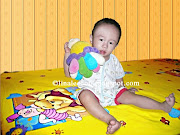
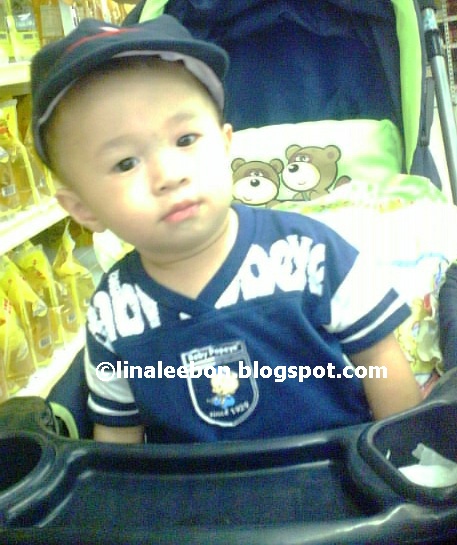
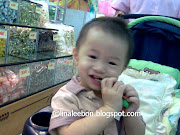

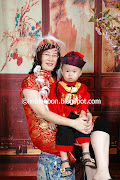

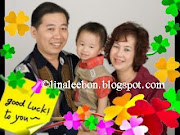
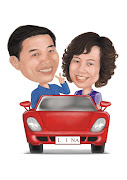


No comments:
Post a Comment